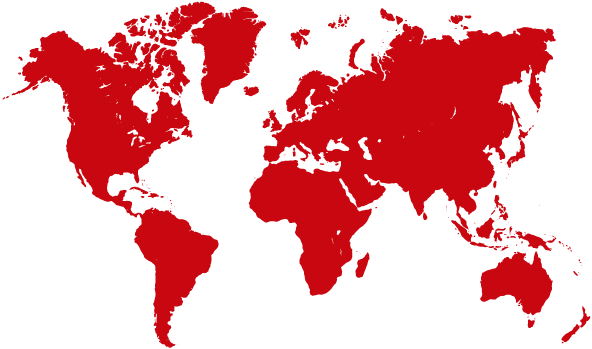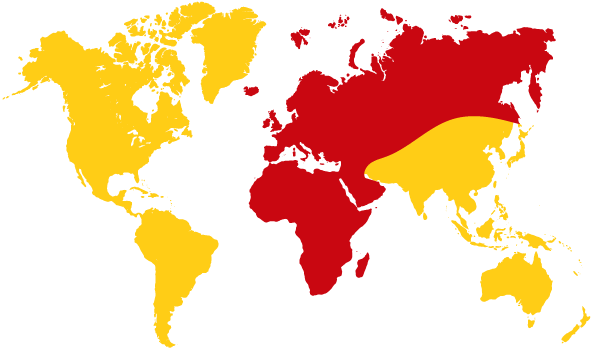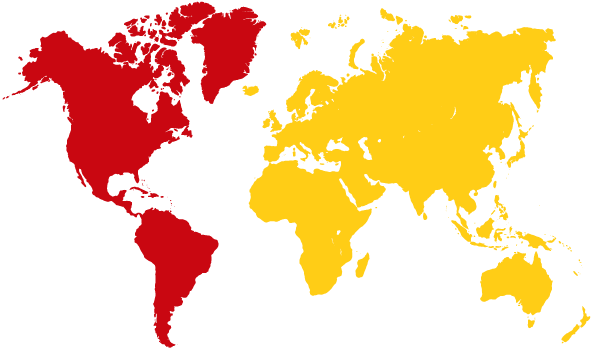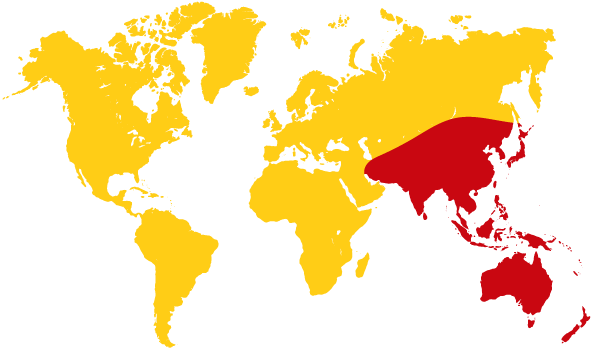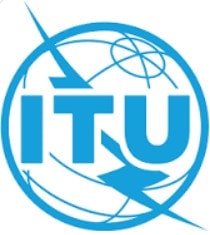As we head into 2022 the ITU‑R and CEPT work considering the 23cm band and coexistence with the RNSS systems (GALILEO, COMPASS, GLONASS, GPS…) will continue so where have we got to and where is it heading?
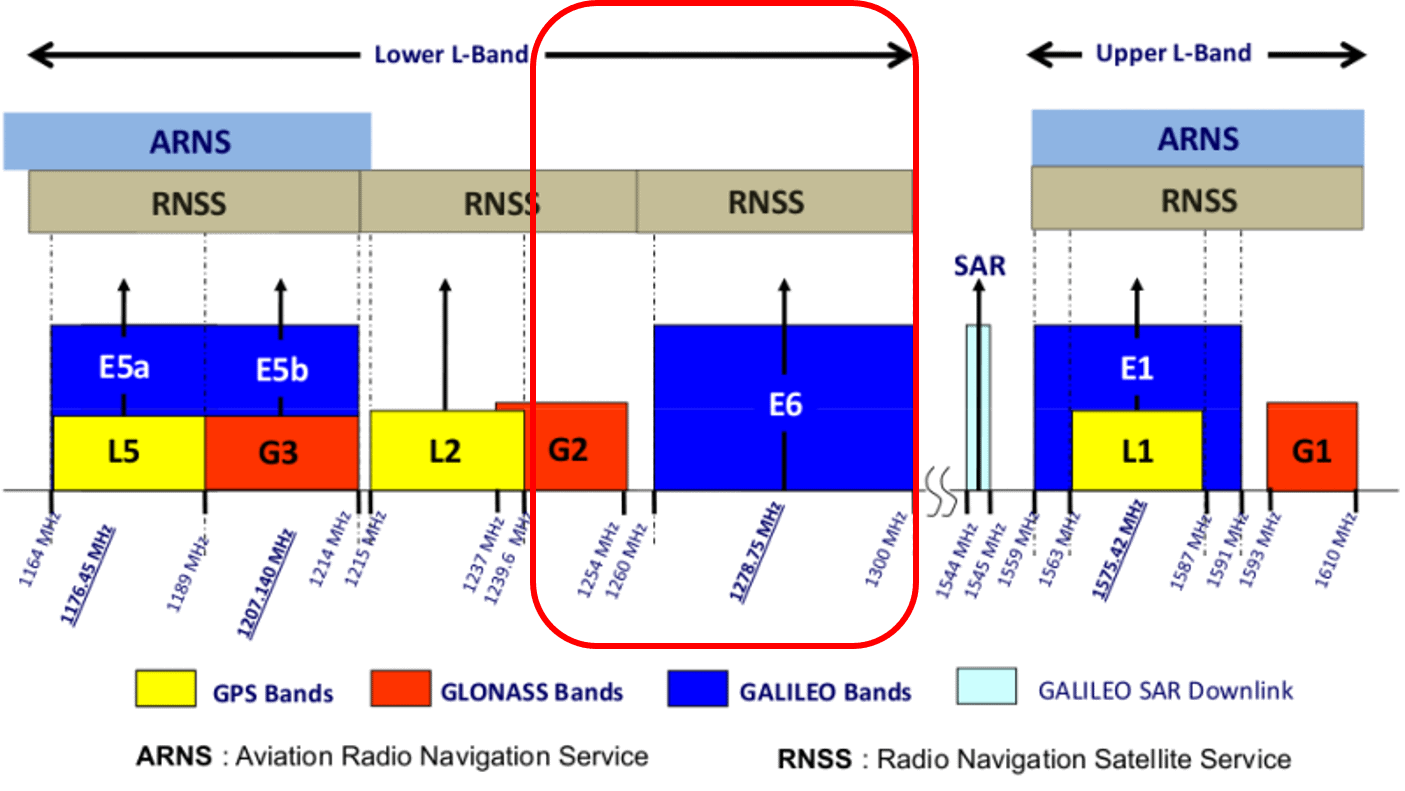
The IARU has provided extensive information regarding the amateur and amateur satellite service applications in the band 1240–1300MHz as well as operational characteristics and data indicating the density of active transmitting stations and the busiest periods when these are most likely to be operational. Using this data, one CEPT administration has provided an extensive set of propagation model predictions for a number of amateur operating scenario assumptions (including satellite working and EME operation) that predict an “interfered area” over which an amateur transmissions may be received by a RNSS receiver at levels exceeding a defined protection level. Another ITU‑R member administration contributed a smaller set of predictions using the same model. The received RNSS interference level that the RNSS can tolerate (receiver protection level) is based on ITU‑R recommended criteria and depends on whether narrowband or wideband interfering signals are being transmitted.
The propagation model predicts that an interfered area can extend out to several tens of km (depending on the scenario) but at the extremes of the area, the time probability of exceeding the protection level is very low (1%) and for only 50% of locations. The model can only assume a full power continuous transmission.
In addition much attention has been paid to documenting an interference case recorded in Italy between an Italian 23cm band repeater and GALILEO receivers at the nearby European Commission Joint Research Centre in Ispra where work is undertaken to develop and test GALILEO system applications. The impact of traffic through this very local repeater (12.5km distant) on three different GALILEO receivers has been documented. This work suggests that whilst RNSS receiver bandwidth can have a part to play in enabling coexistence, beyond that nothing has been reported that could help develop any coexistence criteria. Nothing is reported about the mode of failure in the receivers beyond degradation on C/N.
This one case is often cited as the “proof” that interference can occur.
At present the conclusions from this work are being developed (in ITU‑R and CEPT) and IARU work continues to ensure these results are put into a real world context to understand what they imply with respect to successful coexistence.
Amateur transmissions virtually anywhere in the band will be co-frequency with the RNSS receivers from one system or another. It is therefore obvious that any RNSS receiver will be open to any co-frequency amateur transmission and amateur operators have no way of knowing where or when a RNSS service user is active. Therefore IARU has expressed a view that for successful coexistence guidance to be developed, some compromises will need be necessary.

As we move through the work in 2022 we need these compromises will become apparent so that the amateur community can know how to respond appropriately in a way that can allow our diverse set of applications to continue to develop whilst minimising any potential disruption to RNSS services. It is anticipated that the international views on the ITU‑R studies will need to stabilise by the middle of this this year in order to meet the timetable for the WRC-23 preparatory work. These views will likely propose technical and operational measures to be applied to the amateur and amateur satellite services that could be formalised in the Radio Regulations.
As the study activities work towards conclusions it is vital that the national societies engage with their national amateur radio regulators to ensure they understand and hear about the importance of this band for the amateur radio community.
